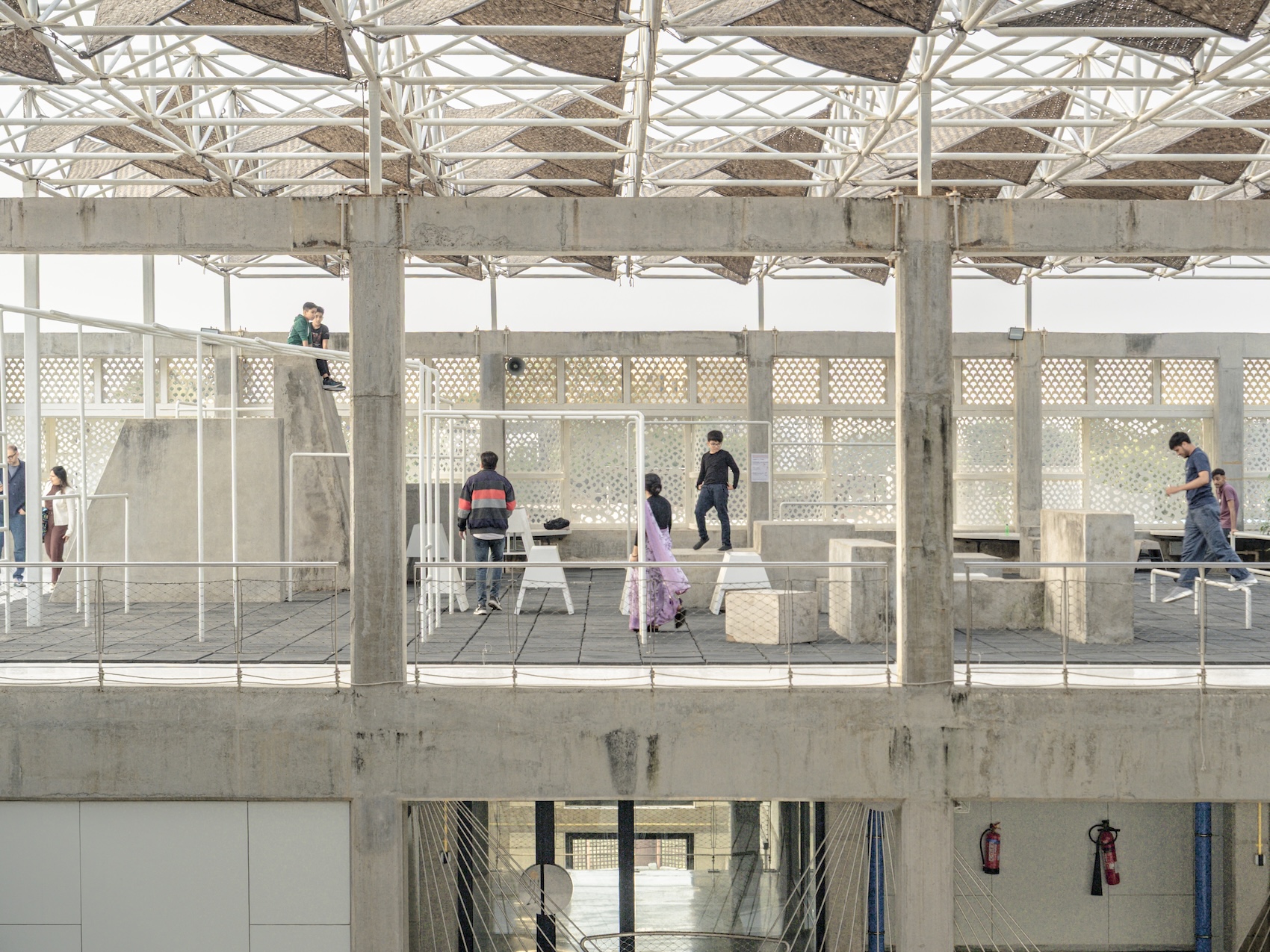David Ogunmuyiwa values the connection between practice, personal experience and community and works within a few minutes’ walk of buildings that have shaped his life.

I’ve always been fascinated with the idea of architectural practice as much as I’ve been fascinated with the idea of architectural creativity itself. I was an odd child. It was part of my way of comprehending this exclusive-seeming, mysterious profession from the outside.
At university, I remember a lecture by the late Katherine Shonfield of Muf about Cragside, focusing on how Richard Norman Shaw configured practice to protect family time as much as it focused on inglenooks.
As a result, Architecture Doing Place (A.Do.P.) is in part an experiment in testing the meaning of practice, as much as its main purpose of producing architecture. We routinely conjure with how far you can strip away costly barriers to contribute to the authorship of our buildings, spaces and society, while providing a good service and keeping staff engaged, supported and happy. For instance, during the pandemic, virtual meetings, cloud storage and online sketch boards have demonstrated how a studio is still a studio despite its members being remote from one another.
This isn’t an idle preoccupation either. It is about how a pronounced connection to people’s lives, places and communities inform our practice’s architectural and urban interventions. I use my biography as a thread that clarifies a vocational framing of my interests in both community and urbanity.
A.Do.P.’s base is a built environment co-working space called Build Studios in Waterloo. It is within 5-10 minutes walking distance of a few places important to me: St.Thomas’ Hospital, facing the Houses of Parliament, where I was born, my first primary school (recently redesigned by Marks Barfield), my first council flat as a baby looking out on the London Ambulance Headquarters, my first library (modified into meanwhile co-working space by IF_DO), the first theatres I attended, the Young Vic (latterly refurbished by Haworth Tompkins) and the Old Vic.
The photograph (generously composed by Tim Soar) taken in front of St. Thomas’ facing the Palace of Westminster, is an acknowledgement that systems, economic, political and regulatory, shape architecture and that our shared built environment is consequential in shaping lives (sometimes life chances).













